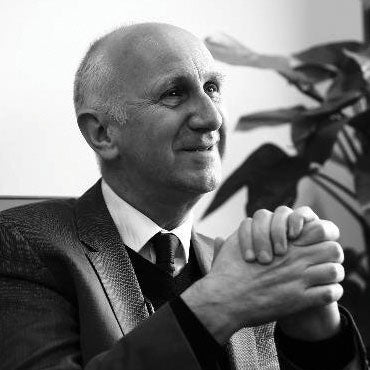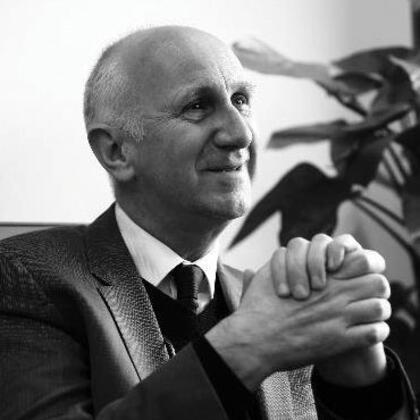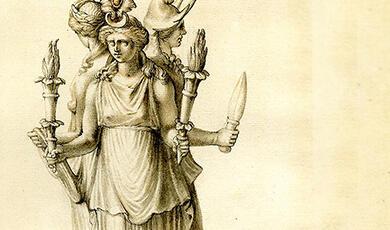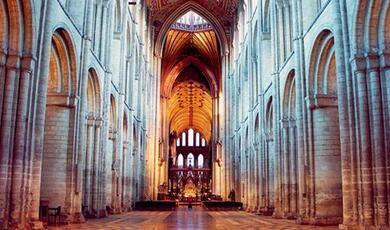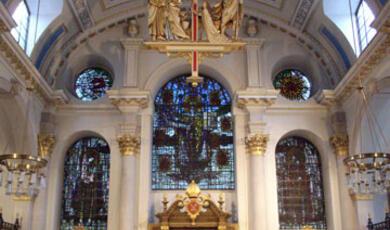China: New Nation, New Art, 1911-1932
Share
- Details
- Text
- Audio
- Downloads
- Extra Reading
As the imperial system collapsed in China, the ‘New Culture Movement’ focused debate on new categories of ‘modernity’ and ‘tradition’. For artists, it posed the questions of what it meant to be both modern and Chinese – challenging them to show how ancient techniques could remain relevant. Artists began to travel abroad (to France, Japan, Germany, Britain and the USA) and become part of an increasingly international ‘art world’. The 1920s in China saw both the political chaos of warlordism, but also a flowering of creativity which drew on the keen awareness by many of China’s potential as part of a global modernism."}'>As the imperial system collapsed in China, the ‘New Culture Movement’ focused debate on new categories of ‘modernity’ and ‘tradition’. For artists, it posed the questions of what it meant to be both modern and Chinese – challenging them to show how ancient techniques could remain relevant. Artists began to travel abroad (to France, Japan, Germany, Britain and the USA) and become part of an increasingly international ‘art world’. The 1920s in China saw both the political chaos of warlordism, but also a flowering of creativity which drew on the keen awareness by many of China’s potential as part of a global modernism.
This lecture was part of the Being Human Festival 2017 which ran from 17th - 25th November.
More information on the festival can be found here: Being Human Festival 2017
Download Text
This event was on Mon, 20 Nov 2017
Support Gresham
Gresham College has offered an outstanding education to the public free of charge for over 400 years. Today, Gresham College plays an important role in fostering a love of learning and a greater understanding of ourselves and the world around us. Your donation will help to widen our reach and to broaden our audience, allowing more people to benefit from a high-quality education from some of the brightest minds.


 Login
Login
